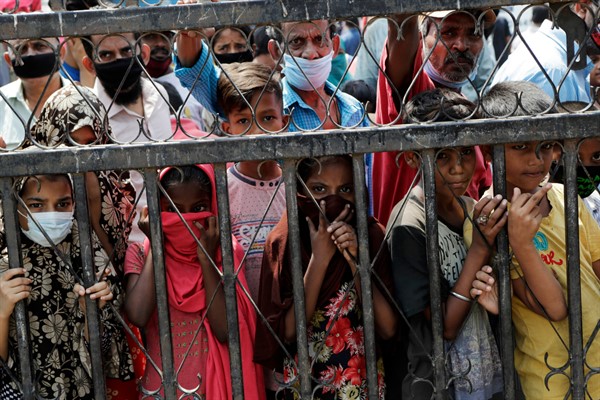Editor’s Note: You can find all of our coverage of the coronavirus pandemic here. If you would like to help support our work, please consider taking advantage of our subscription offer here.
Late last month, as the coronavirus continued to spread across the globe, the World Food Program warned of a “hunger pandemic.” With lockdowns constraining the incomes of the poor and supply chain disruptions preventing food from reaching consumers, pandemic-related hunger and malnutrition could eventually take more lives than the disease itself. Understanding the geography of the pandemic and the vulnerability of different food systems is critical for a well-informed response.
According to the WFP, there are now 821 million people in the world who go to bed hungry every night, and an additional 135 million face crisis levels of hunger or starvation. That latter number could nearly double to 265 million by the end of the year because of COVID-19.

